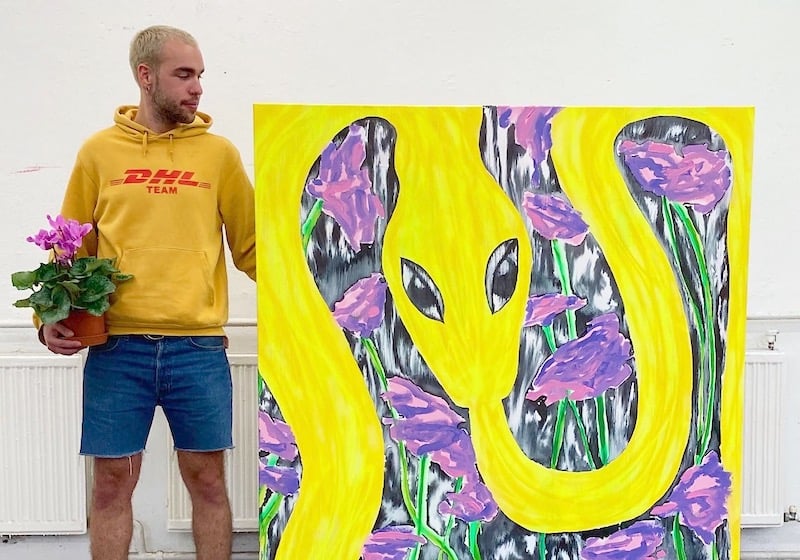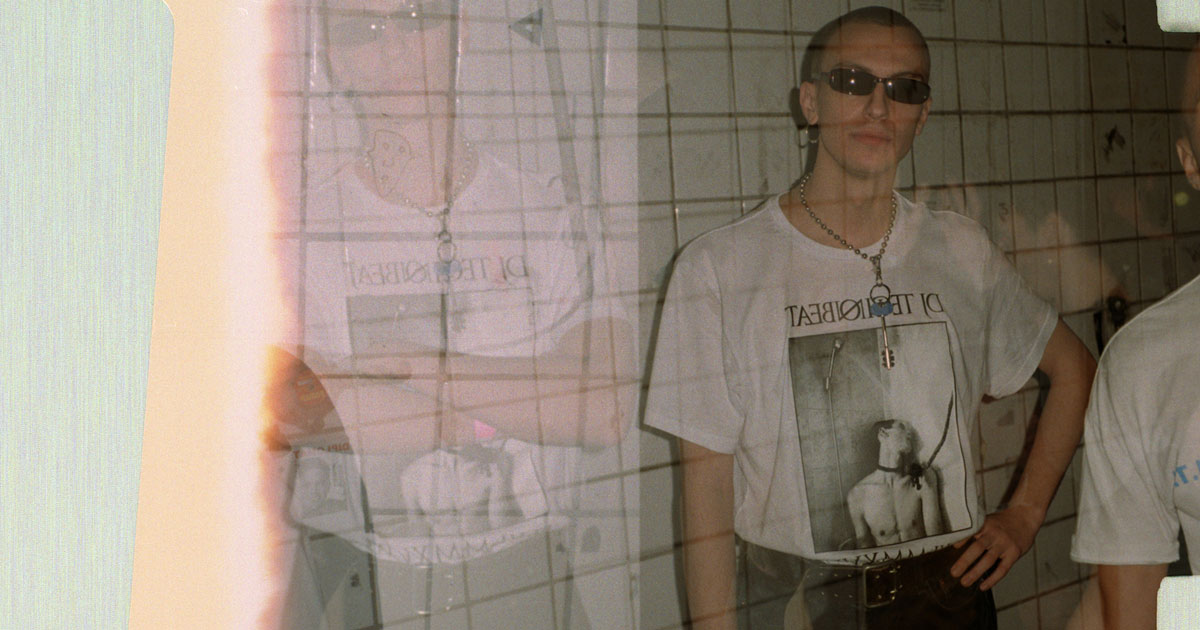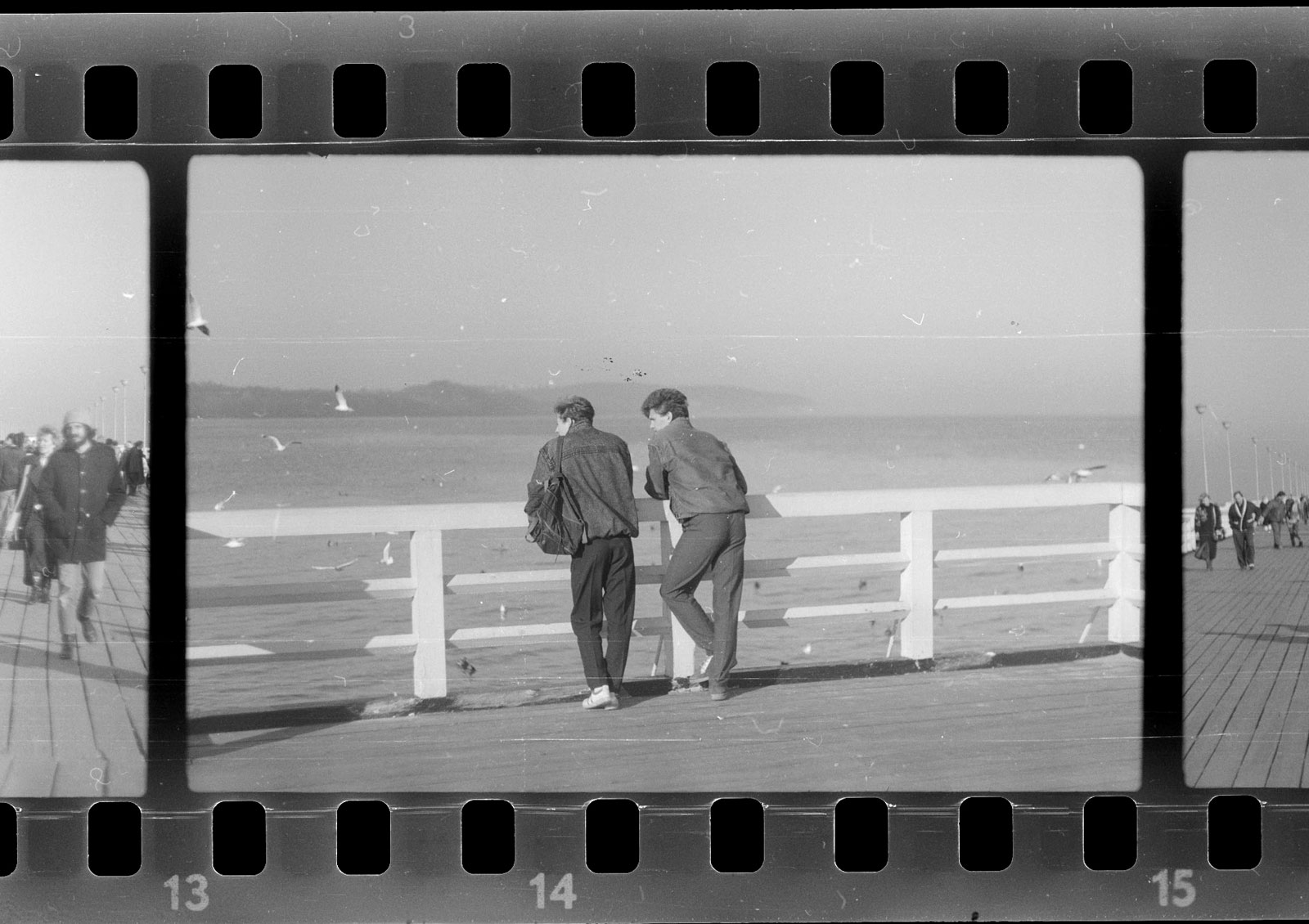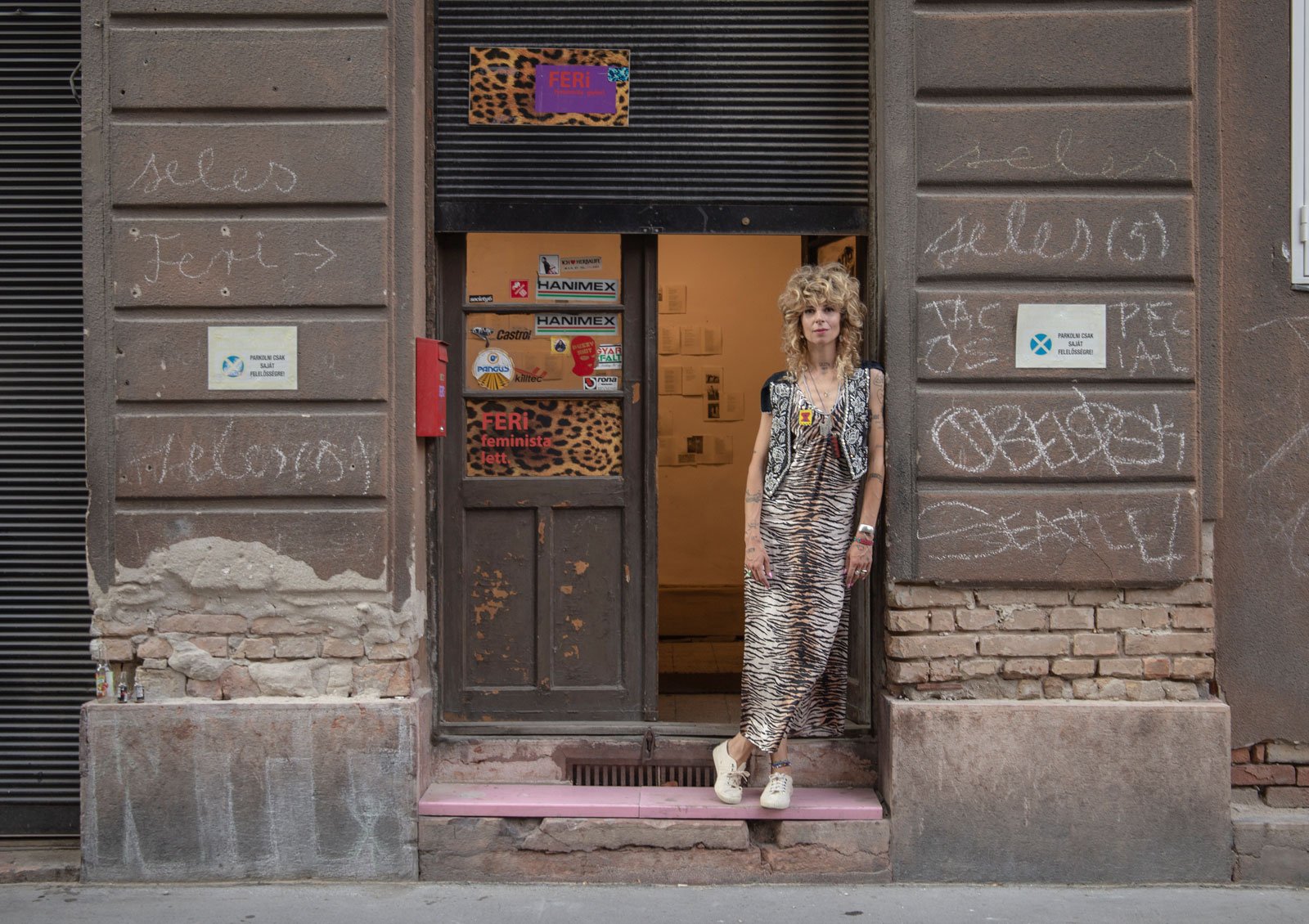Queer Budapest: Hungarian artists on uniting the LGBTQ+ scene as islands in an ocean of oppression

Hungarian queer culture springs from a history of oppression, stigmatisation and homophobia. Although homosexuality was decriminalised in 1961, Hungarian society both before and after the fall of communism has remained largely unaccepting, leaving LGBTQ+ people fighting for equal rights. Most recently, Hungary’s right-wing ruling party, Fidesz has amended the country’s constitution to ensure trans people cannot affirm their gender and same-sex couples cannot adopt children.
Concentrated in Budapest, Hungary’s queer art scene consists of individual artists who often see themselves as lonely islands floating in an ocean of oppression. A lack of community and freedom to create art based on LGBTQ+ themes have seen the scene fragment. While some of artists openly tackle queer issues in their work, others scarcely mention it. In some cases, artists separate their queer identities from their creative processes.
The Calvert Journal spoke to queer Hungarian artists to explore their work, hopes for the future, and whether they believe the deteriorating political climate will further drive LGBTQ+ artists apart — or, perhaps, bring them together in the face of adversity.
Gyula Muskovics, Viktor Szeri, Tamás Páll of Hollow Systems
Multidisciplinary art collective
Although discourse around gender and queer identity has become much more lively over the past few decades, talking about a collective queer art scene in Hungary would still be an exaggeration.
Both the larger art institutions under the influence of the current conservative climate, and the allegedly more progressive galleries and initiatives in Hungary, tend to be somewhat hostile towards queer topics. Rather than focusing on how others represent our community to the public, it is perhaps more important to focus on how we can organise ourselves and how we can collaborate with each other.
For us, the idea of being “queer” is about subversion: we view it primarily as a tool.
Gideon Horváth
Interdisciplinary visual artist
Naturally, [the current political situation in Hungary] affects me personally. In the past few months, a future where I can build a family with another man has become impossible in my home country. Meanwhile, trans people have practically became non-existent in Hungary, according to Fidesz. Being different has been demonised: we are moving backwards in the emancipation process, even though I think Hungarian society has been ready to integrate the LGBTQ+ community for many years. Fidesz named the LGBTQ+ community as their enemy number two, after migrants.
Art has that great quality that it can communicate complex social themes such as the oppression of the LGBTQ+ community without using complicated theories and positions. You can leave out the current political picture, sociological and psychological interpretations, and use the art to start identifying [with the problem] on an emotional level. I believe that people are open to looking at the experience of what it means to be different because everybody can relate to that on some level.
I’ve started to look at queer ecology. I’ve chosen a more scientific and philosophical approach, rather than a personal one: my installation exhibited in Glassyard Gallery, Deviation Finds a Way (2020), is centred around animals that do not fit into the heteronormative image of nature; homosexual koalas, transgender agamas, and hermaphrodite slugs. The term deviant is often used to describe non-heteronormative people in Hungary as if they are sick.
They call trans, LGBTQ+ people, and same-sex parents unnatural, but in reality, nature is irrational, wild, and deviant. In my experience, people are open and ready for change. As an artist, I view it as my duty to remind them of the importance and necessity of that change.
Thomas Roughan
Co-curator of the Queer Budapest exhibition platform
“I see the queer art scene as being very much homegrown and speaking directly of the experience of being queer in Hungary today. What makes it different is that isn’t as established as say in London or Berlin. In that respect, there is a lot of room for new and emerging artists to make their mark, which I think makes it particularly exciting.
The inspiration behind Queer Budapest was all of the artists and creators that we showcased during our first exhibition in November 2020. We felt that queer artists weren’t getting the attention or space they deserved, so we created Queer Budapest to provide that opportunity.
Of course, this comes at a time when the government in Hungary is becoming increasingly anti-LGBTQ and is passing homophobic and transphobic legislation. It shows how vital it is to continue showing and supporting queer creatives. I think it is impossible to ignore the political climate when you are working with queer themes. I think what is happening in Hungary right now makes what we are doing much more meaningful and vital. Queer Budapest is about showing that despite the harsh conditions, queer art has a place in Hungary and it remains alive.”
Zsu Zsuró
Co-curator of the Queer Budapest exhibition platform
“Being queer in Hungary is political. Whether it comes to being a socially-engaged artist or a curator actively taking part in social movements, or simply part of the LGBTQ+ community itself, these are all political statements. Unlike in the UK, where the LGBTQ+ community members have equal rights as citizens and queer artists have a variety of opportunities to flourish, in Hungary their existence is a day to day protest.
We put such energy in creating a weekend-long queer experience for both the under-represented artists and the public for our first exhibition. I was a bit anxious the visitor numbers wouldn’t reflect it mostly due to the pandemic. Nevertheless, it was jammed with people, and the positive feedback we received from everyone was empowering. This experience made us realise how neglected this part of the art scene has been.
The freedom the queer community in London had such an impact on me, and I also knew there are quite a few talented Hungarian queer creatives out there. All of that made me feel a responsibility to showcase that talent and that side of the artistic spectrum to the Hungarian scene. Our work is to work against government attacks [on the community] and bring diversity into the Hungarian art scene.”
Barnabás Lakatos-Gelléri
Painter
“The queer art scene in Hungary has only just started to emerge. Previously, there were only a few individual queer or gay artists in focus and a lack of community between artists who identify as queer. Then the constantly louder queerphobic voices in politics and the media became more and more overwhelming in Hungary. As a reply to those voices came Queer Budapest, an initiative bringing together and showcasing queer artists. I was glad to exhibit my work along with other queer artists and to get to know each other. Here we are fighting for survival as queer artists and this kind of collective visibility gave us a lot of strengths to our community.
I believe that as artists we should talk about our lives and experiences, especially if we belong to a minority in an exclusionary and intolerant society. It is important to make people more sensitive to these issues, to show them who we are and give them real experiences with queer people going against the currently fashionable hate speech. I hope that through art we can reach people in Hungary.”


